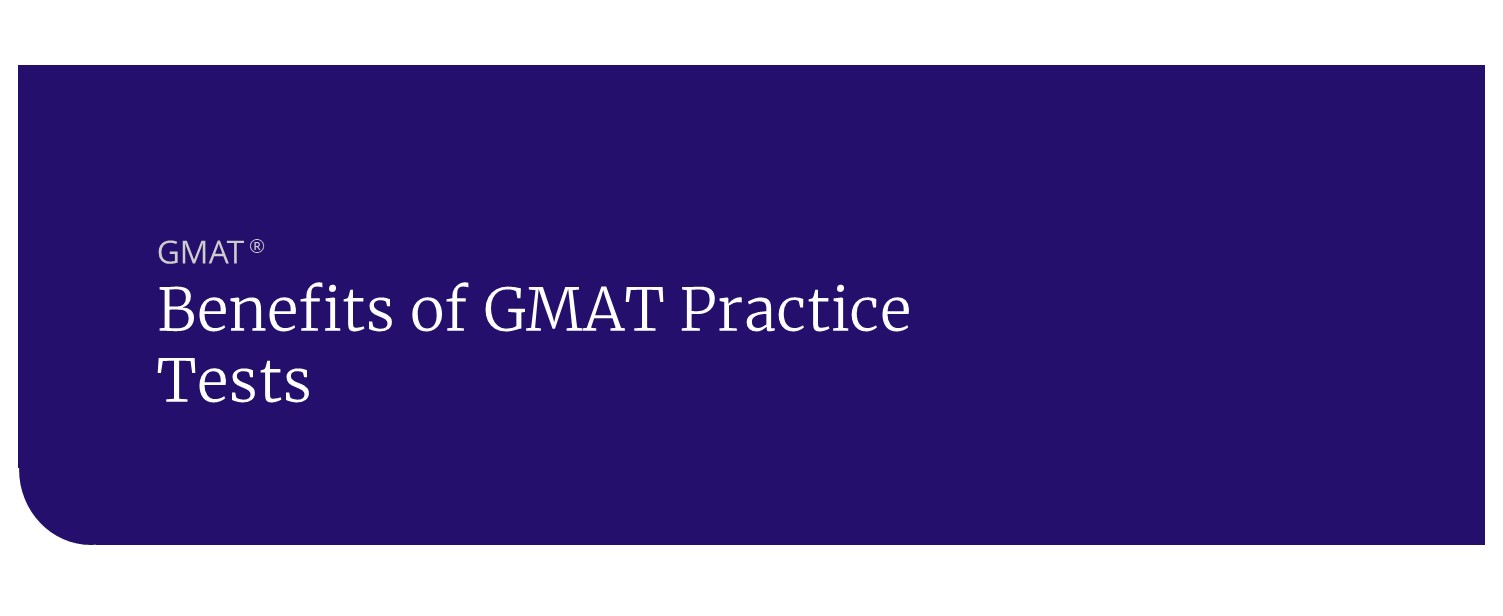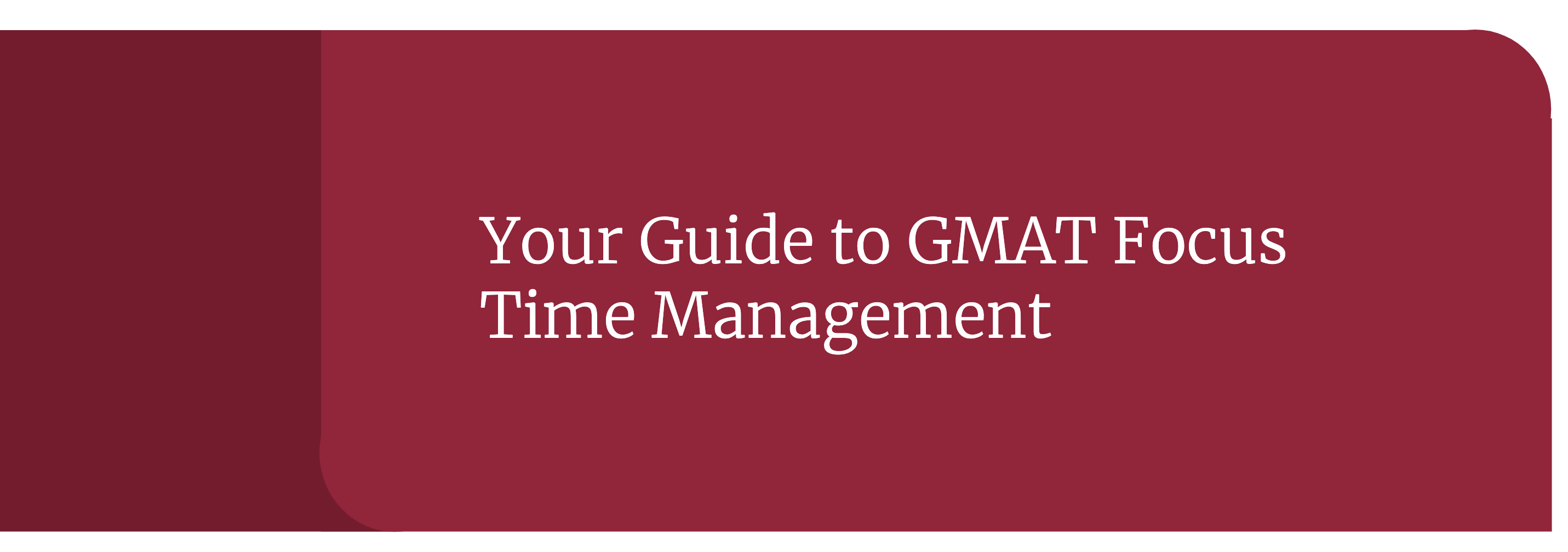GMAT Reading Comprehension: 4 Steps for Supporting Ideas Questions
Supporting idea questions ask about details directly stated in the passage. You can identify them because they will refer to only one part of the passage. These questions are different from main idea questions because supporting ideas questions ask about the points the author makes within the passage and do not ask about the passage as a whole. For these questions you will need a solid understanding of how the author makes his overall argument as well as the argument’s component parts.
Supporting idea questions are commonly phrased in one of the following ways: “According to the passage…”, “The passage states that…”, or “The passage mentions….” You should be able to recognize them quickly, as they are more straightforward than inference or application questions, and follow the following steps to get the correct answer!
For supporting ideas questions, remember that a “logical” answer is not enough. The correct answer must be based on something directly stated in the passage, so avoid making inferences for this question type.



